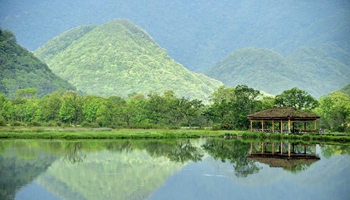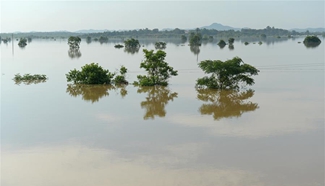WASHINGTON, June 20 (Xinhua) -- Five years after the Japanese Fukushima nuclear accident, renowned U.S. marine biologist Nicholas Fisher told Xinhua recently that more efforts are needed to monitor the radionuclides in marine organisms.
Fisher, a distinguished professor of marine sciences at Stony Brook University, said he and his research team found that cesium-134 and cesium-137 have accumulated in zooplankton and fish in waters close to Fukushima, and have been transported to North American waters.
However, he also mentioned the radionuclide concentration in fish throughout the Pacific Ocean is below levels that could impact people. The radioactive threat is now mainly in waters close to Fukushima.
Yet he still stressed the importance of constantly monitoring the Pacific. "More efforts are needed to monitor marine animals and marine sediments," Fisher said.
On March 11, 2011, a magnitude-9.0 earthquake -- one of the largest ever recorded -- struck the eastern coast of Japan. The tsunamis caused by the quake badly damaged the Fukushima Dai-ichi nuclear power plant, eventually causing four of the six reactors there to release radiation into the atmosphere and ocean.
Emergency crews used seawater to cool the damaged reactors at the power plant. Because of the plant's location along the coast, much of the water was washed into the Pacific, resulting in the largest accidental release of radionuclides into the ocean in history.










